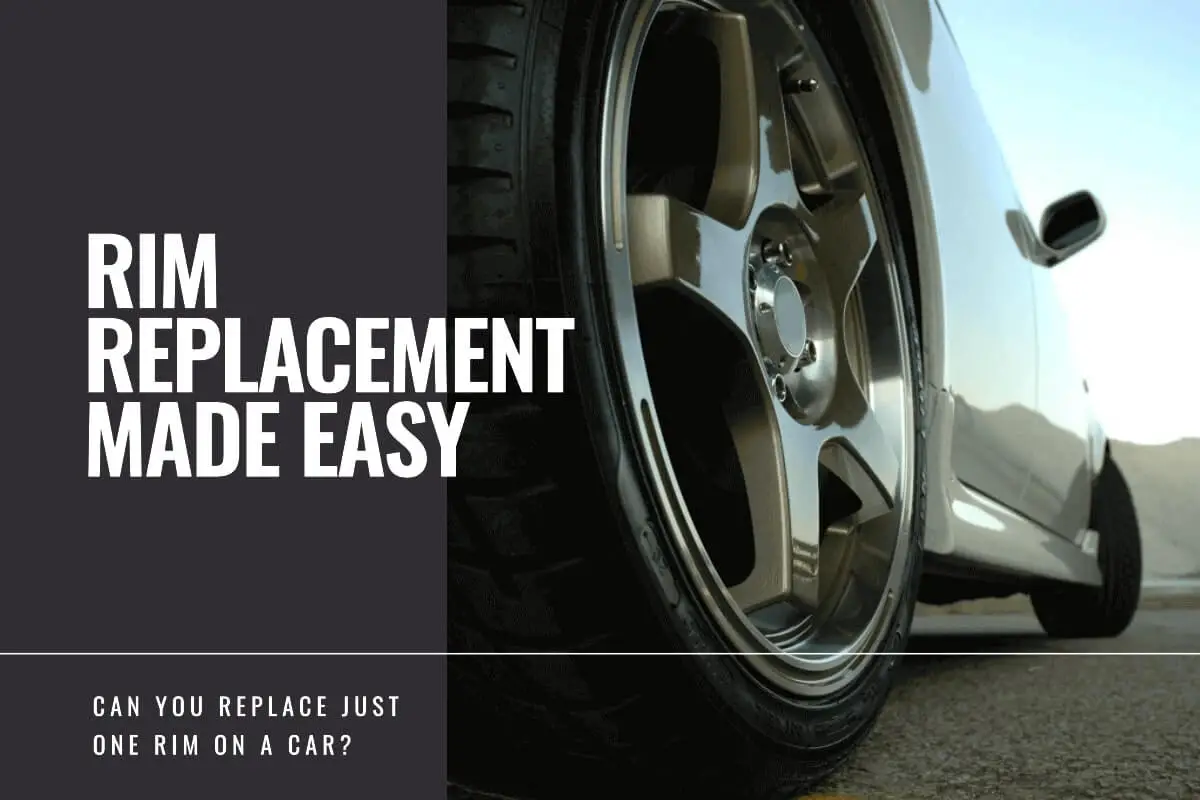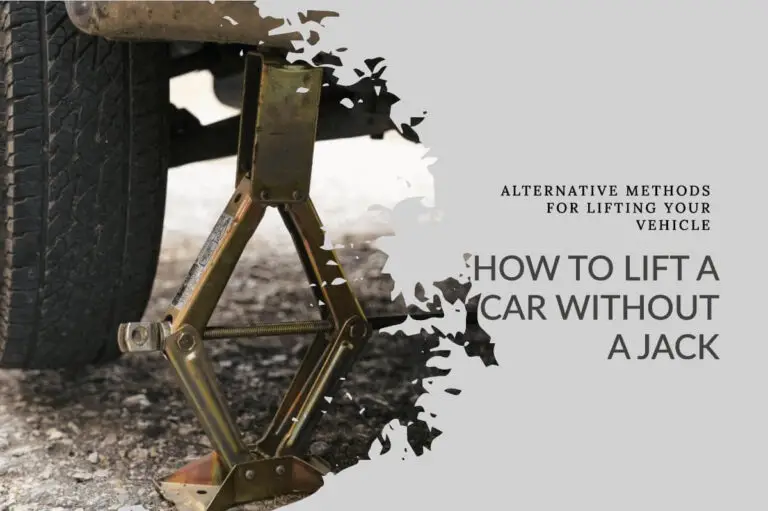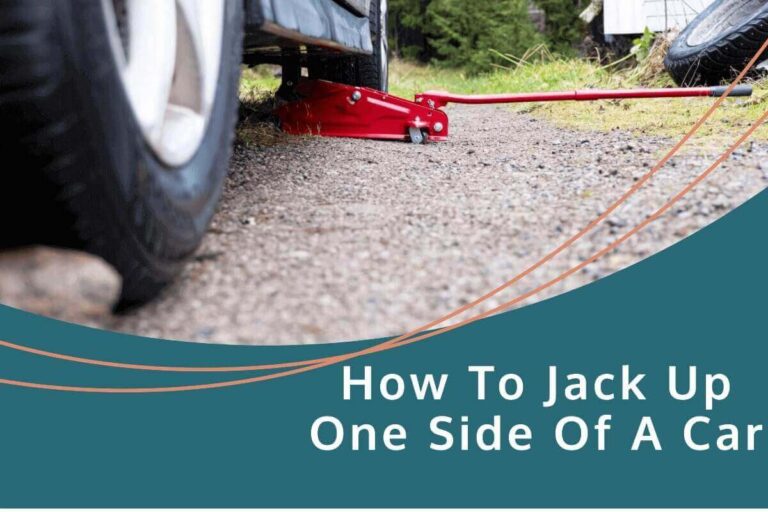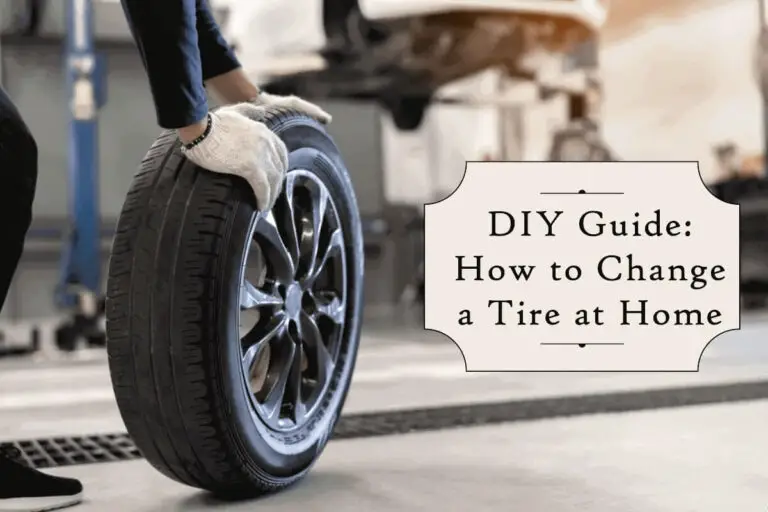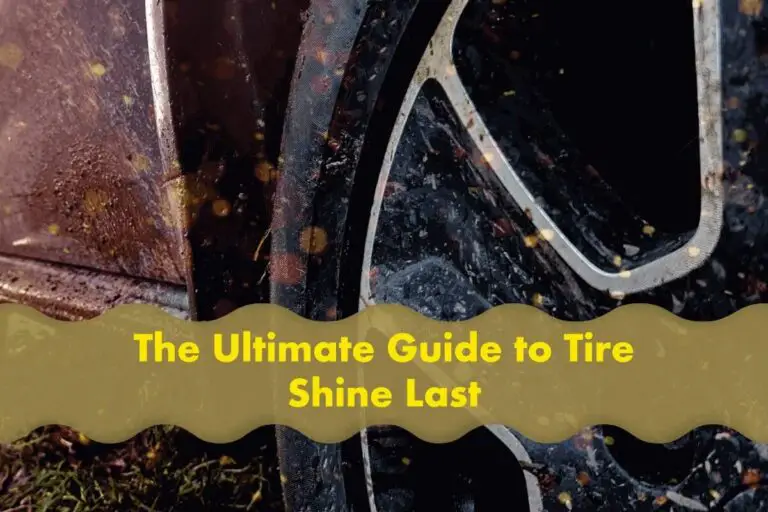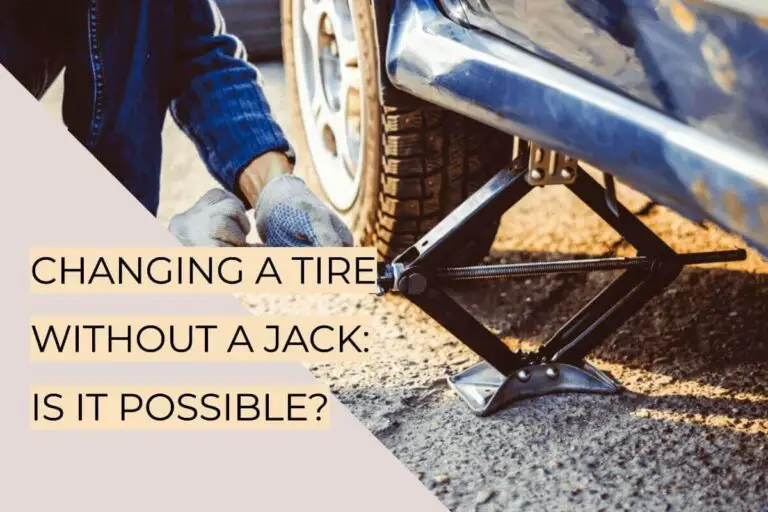If you’ve recently hit a pothole, scraped a curb, or experienced any other mishap that left a dent or damage on one of your vehicle’s rims, you might ask, “Can You replace just one rim on a car?” The answer can be complicated. This guide will delve deep into the specifics, helping you understand when it’s okay, the potential hazards of replacing just one rim, and the steps involved.
Can You Replace Just One Rim on a Car
Yes, you can replace just one rim on a car. However, it’s essential to ensure that the replacement rim matches the design, size, and specifications of the other rims on the vehicle. Mismatched rims can lead to uneven tire wear, reduced fuel efficiency, and compromised safety.
Replacing a single rim can be a cost-effective solution if the other rims are in good condition and you can find an exact match. However, always prioritize safety and consider consulting with a car maintenance professional to make an informed decision.
When is it Okay to Replace Only One Rim?
Now, let’s dive into the heart of the matter. Can you replace just one rim on a car? Yes, you can, but under specific conditions:
Same Design and Size
Ensure that the new rim matches the damaged one’s design, size, and specifications. Driving with mismatched rims can lead to uneven wear on your tires and an unstable drive.
No Structural Damage
If only one rim has cosmetic damage (scratches, paint chipping), and the others are in good condition, you can replace the single damaged one. However, if there’s structural damage or if multiple rims are damaged, you should consider replacing the entire set.
Dangers of Mismatched Rims: Why Consistency Matters
Before rushing to buy a replacement, it’s essential to understand why having four matching rims is crucial:
Uneven Tire Wear
Mismatched rims can cause uneven pressure distribution on your tires, leading to premature and irregular wear.
Reduced Fuel Efficiency
Inconsistent rims can cause your car to exert more energy, reducing its overall fuel efficiency.
Compromised Safety
Driving with mismatched rims can lead to decreased handling capability, making it harder to control your vehicle in emergencies.
Factors to Consider Before Replacing a Single Rim
This section aims to give readers a holistic view of the variables when answering a Can you replace just one rim on a car? By understanding these factors, readers can make more informed choices.
1. Age of Existing Rims
Understanding Wear and Tear: Rims, like any part of a vehicle, age over time. The age and wear of the other three rims play a pivotal role. Pairing a brand-new rim with older, worn-out rims can affect the car’s balance and driving dynamics.
2. Cost Analysis
Single vs. Set: While a single rim might appear cheaper, in some cases, buying a set of four can come with discounts or ensure longevity, saving money in the long run.
Future Costs to Consider: With a mismatch, there might be unforeseen expenses due to mechanical issues or uneven tire wear.
3. Availability
Dealing with Discontinued Designs: Car models and their specific parts can be discontinued. If your car is older, finding an exact match for your rim might be challenging.
Exploring Custom Solutions: If you can’t find a match, it’s worth considering if custom rims are viable. It might be more expensive, but it can ensure consistency in design and performance.
4. Impact on Resale Value
Consistency Appeals to Buyers: If you’re considering selling your vehicle in the future, having a consistent set of rims can attract potential buyers and fetch you a better resale price.
Steps to Replacing a Car Rim
Now, we’ll walk you through the systematic approach one should adopt when replacing a car rim, ensuring that the process is smooth and the optimal outcome.
1. Identify the Correct Rim Size
The first step in the rim replacement process is selecting the correct size. The size of your rim is crucial for the vehicle’s overall functionality, affecting everything from tire wear to driving comfort. Typically, the size is mentioned in your car’s manual.
However, if you need help locating the manual, you can also find this information on the sidewall of your current tire. It ensures the new rim will fit seamlessly with the tire and the vehicle’s design.
2. Purchase the Right Rim
Once you’ve determined the correct size, the next step is purchasing. It might sound straightforward, but it’s vital to ensure that the rim you’re buying matches the design and specifications of the existing rims on your car, especially if you’re only replacing one. It is about more than aesthetics; mismatched rims can lead to issues like imbalanced handling or uneven tire wear.
It’s also essential to buy from a reputable dealer or source to ensure the quality and authenticity of the rim. Remember, a high-quality rim contributes to the car’s look, safety, and performance.
3. Visit a Professional
While the world of DIY is booming, and many people might feel tempted to replace the rim themselves, this task is best left to professionals. Rims play a pivotal role in a vehicle’s overall safety and performance.
Ensuring they are correctly fitted, aligned, and balanced is crucial. Mechanics have the tools and expertise to ensure the new rim fits correctly and securely. They can also identify any potential issues arising from the replacement, giving you peace of mind.
4. Check Alignment and Balancing
Lastly, after the rim has been replaced, getting an alignment and balancing check is essential. Even if the new rim is identical to the old one, slight variations or differences in wear between tires can impact the car’s balance. Alignment ensures that your vehicle’s wheels are set to the manufacturer’s specifications, optimizing tire performance and longevity.
Balancing, on the other hand, minimizes wobbling and vibrations, ensuring a smoother drive. Both these checks are essential for maximizing the lifespan of the new rim and ensuring safe driving conditions.
Replacing a rim seems like a straightforward process, but ensuring it’s done correctly is essential for your vehicle’s performance and safety. By following these steps, you can be confident that your car is in the best possible post-replacement.
Final Thoughts: To Replace One or All
Ultimately, choosing to replace one or all rims comes down to personal circumstances. Replacing one rim can be a cost-effective solution if you can find an exact match and your other rims are in good condition. However, prioritize safety and long-term benefits over short-term savings. It’s always wise to consult with a car maintenance professional when in doubt.
I hope this guide “Can You Replace Just One Rim on a Car” has provided you with valuable information on the importance of replacing rims and the steps to take for a successful replacement. Safety and performance should always be at the forefront of such decisions. Safe driving!
Frequently Asked Questions (FAQs)
Can you buy just 1 rim?
Yes, you can buy just 1 rim. Individual rims are available for purchase, especially if you want to replace a damaged rim. However, it’s essential to ensure it matches the other rims in design and specifications for consistency.
How much is 1 tire rim?
The cost of 1 tire rim varies widely based on brand, design, material, and the specific vehicle model. While some generic rims might cost as low as $50, premium or custom-designed rims can cost several hundred dollars or even more.
Do you need to replace all rims on a car?
No, it’s not always necessary to replace all rims. If only one or two rims are damaged or worn out, you can replace those specific ones. However, it’s essential that replacements match the other rims to maintain vehicle balance and performance.
Do I need two sets of rims?
While having one set of rims is standard, some people opt for two sets if they frequently switch between two types of tires, such as winter and summer tires. Having two sets makes the seasonal tire changeover quicker and reduces wear on the rims from repeated tire mounting and dismounting.
Do you have to replace all 4 rims at once?
No, you don’t have to replace all 4 rims simultaneously. However, if you’re making an aesthetic change or the rims are significantly worn, replacing them as a set for uniformity might be beneficial.
Do rims have to be the same?
For the best driving experience and safety, all rims on a vehicle should be the same in size, design, and specifications. Mismatched rims can lead to uneven tire wear, reduced fuel efficiency, and potential safety hazards.
Do rims only fit one tire size?
Rims are typically designed to accommodate a specific range of tire sizes. While a rim might fit multiple tire sizes, ensuring the chosen tire size is compatible with the rim’s specifications is vital. It ensures the tire seats properly, providing optimal performance and safety. Always consult a professional or check the rim’s specifications before fitting a new tire size.

